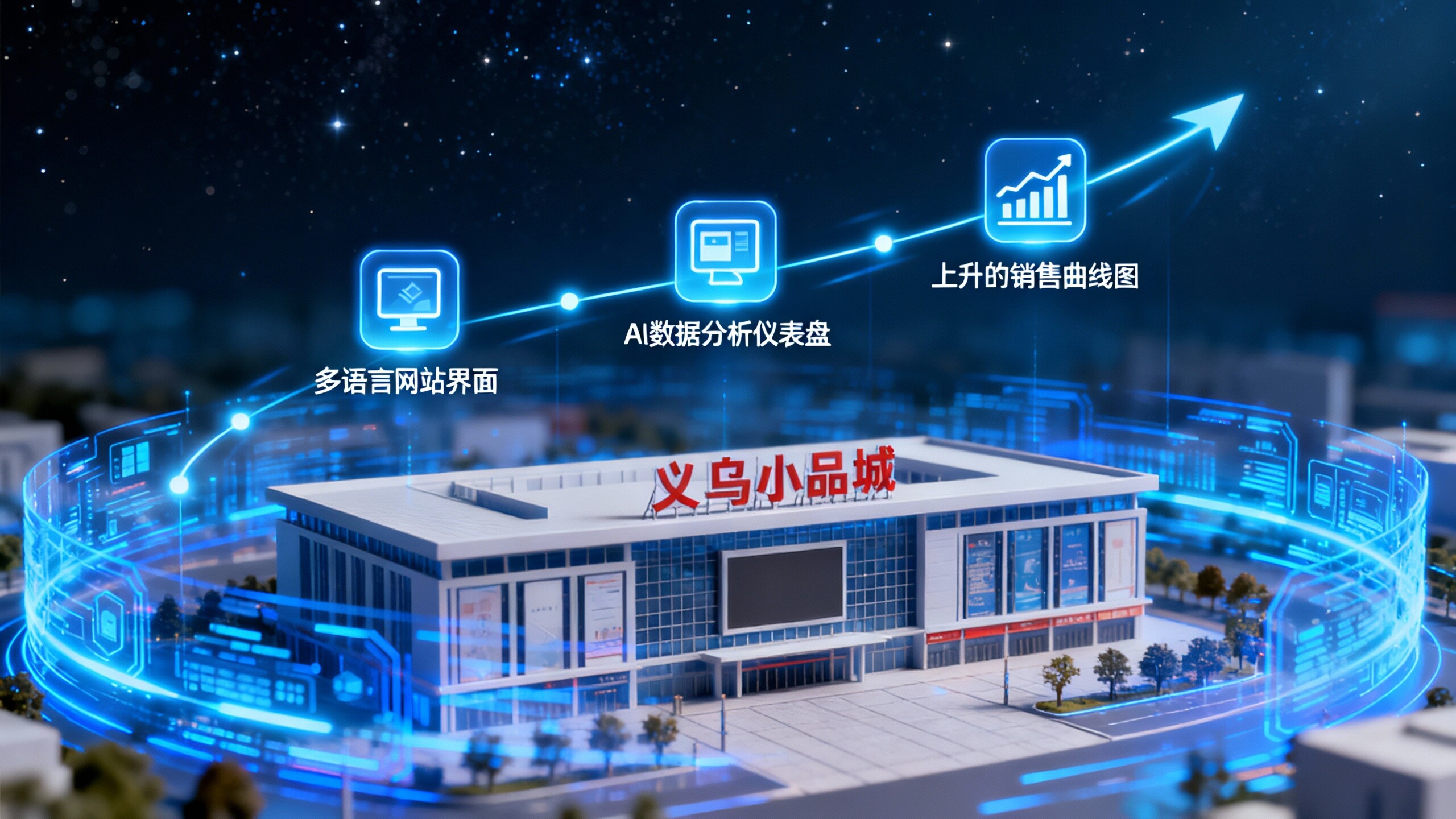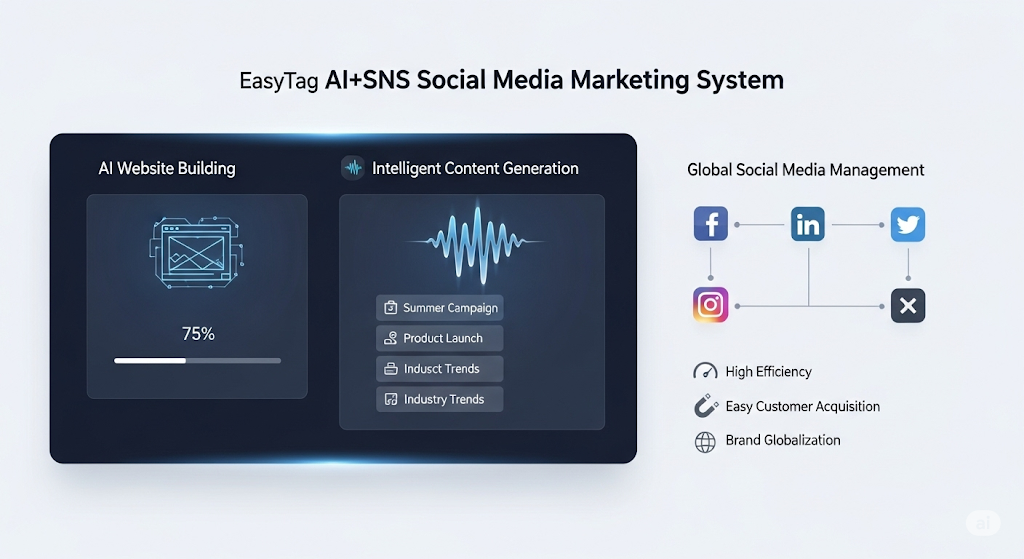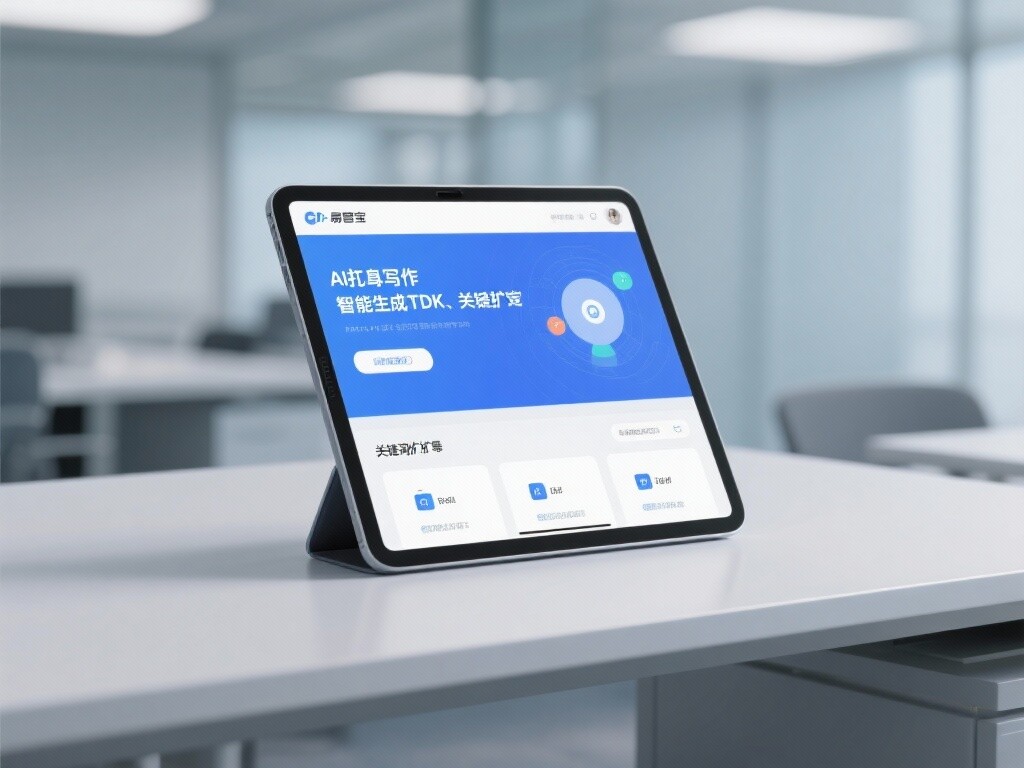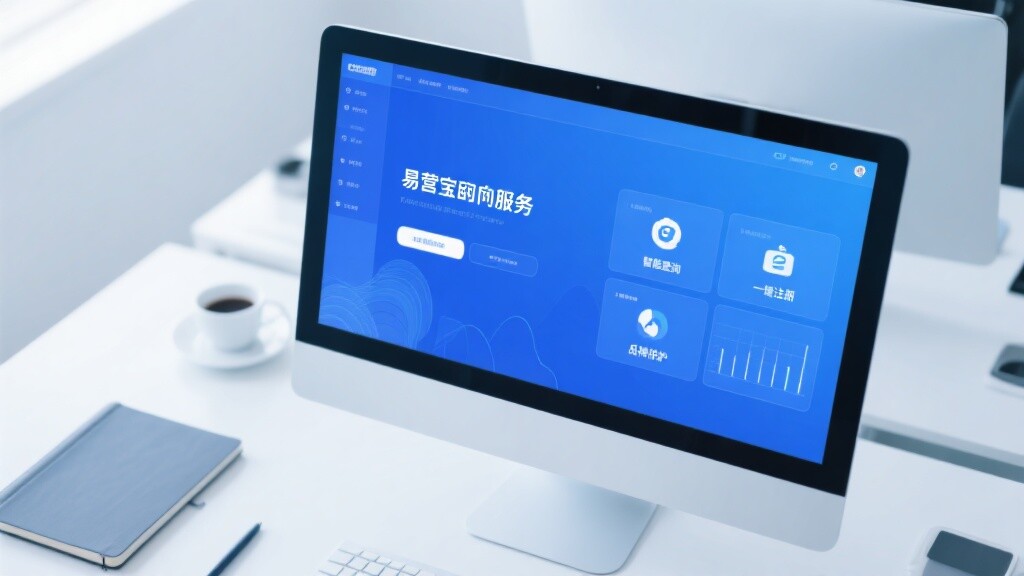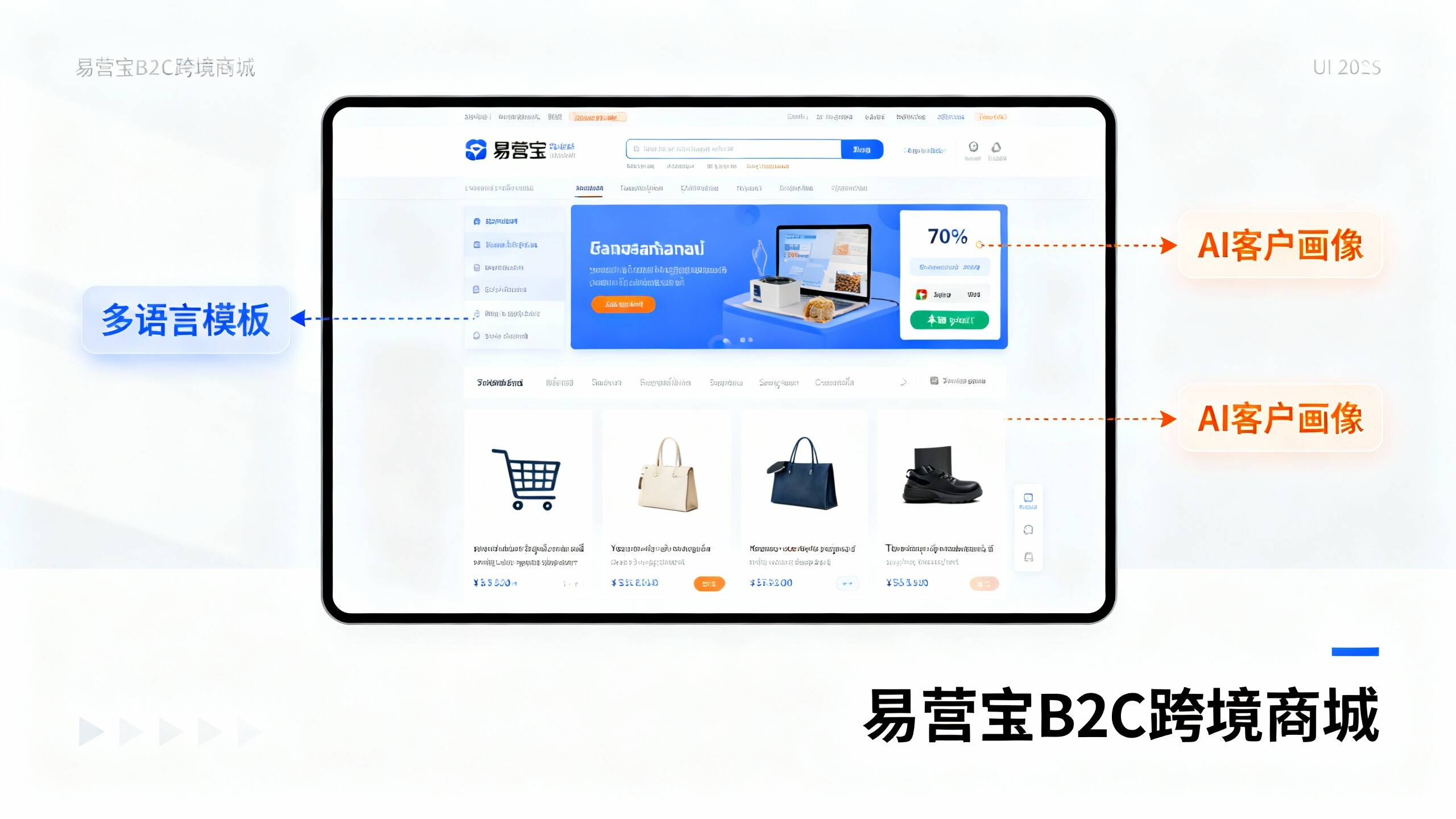Easy Camp Cloud Intelligent Website Construction and Marketing System Platform!
- Shenzhen vs. Guangdong Foreign Trade Independent Website: Which Region Has Lower Website Development Costs? Data Comparison2025-11-26View Details
- Shandong Foreign Trade Enterprises Take Note! Latest 2024 Policy Interpretation for Independent Website Construction2025-11-26View Details
- Yiwu Foreign Trade Independent Station Operation in Action: 3 Key Steps from Zero to Monthly Sales of Millions2025-11-26View Details
- What to Do When Facebook Ad Conversion Rates Are Low? 5 Creative and Audience Optimization Case Studies2025-11-26View Details
- Data Analysis Tool Selection: 4 Essential Free/Paid Options for Small Independent Websites2025-11-26View Details
- AI Multilingual Website System Test: Build 8-Language Sites in 1 Hour?2025-11-25View Details
- Can a global website SaaS platform really help you save 60% in costs? Real case studies revealed2025-11-26View Details
- Responsive Website System Experience Evaluation: How does EasyStore perform in terms of mobile loading speed and layout?2025-11-26View Details
China's cross-border e-commerce exports grew 11.7% last year - the rise of "Made in China".
In recent years, with the rapid development of global e-commerce, cross-border e-commerce has become an important channel for Chinese manufacturing companies to explore international markets and expand exports. According to a report recently released by the Ministry of Commerce, the import and export volume of cross-border e-commerce (including B2B) in 2022 was 2.11 trillion yuan, a year-on-year increase of 9.8%. Among them, exports were 1.55 trillion yuan, a year-on-year increase of 11.7%. This data once again proves the important role of cross-border e-commerce in China's manufacturing exports.
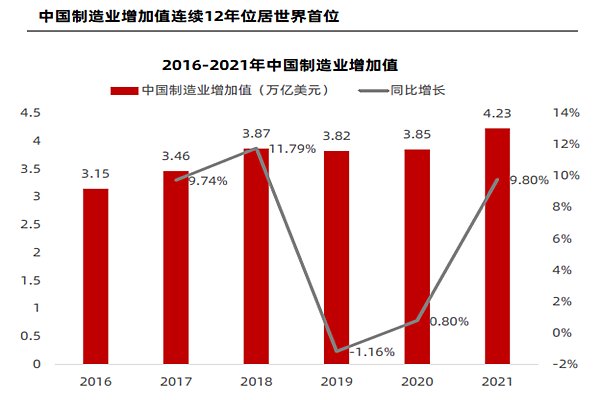
First, cross-border e-commerce provides enterprises with a more convenient export channel. Through the cross-border e-commerce platform, enterprises can easily sell products directly to consumers around the world, avoiding many intermediate links in the traditional foreign trade process, reducing transaction costs and increasing corporate profits. At the same time, cross-border e-commerce can also be customized according to consumer needs, meet the diverse needs of consumers, and improve the market competitiveness of enterprises.
Secondly, cross-border e-commerce has opened up a wider international market for enterprises. Under the traditional foreign trade model, enterprises can only promote and advertise through exhibitions, traders and other channels, and the market coverage is limited. However, cross-border e-commerce can use the unlimited space and global coverage of the Internet to expand product promotion and sales to the world. This can not only help enterprises open up new markets, but also increase brand awareness and influence.
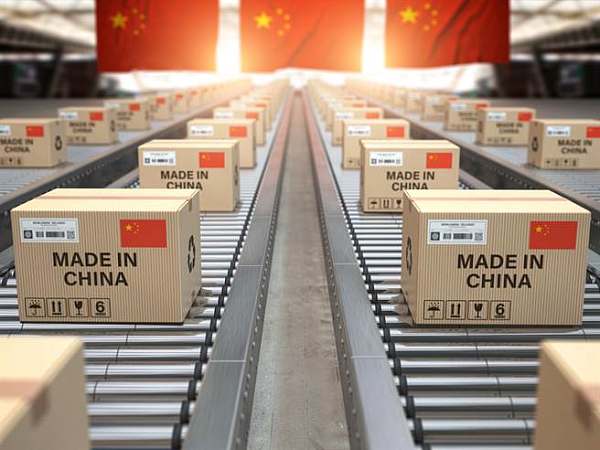
In addition, cross-border e-commerce also provides enterprises with a more flexible trading method. Under the traditional foreign trade model, enterprises often need to produce products before selling them, which results in heavy inventory pressure and slow capital recovery. However, cross-border e-commerce can achieve on-demand production and on-demand sales through pre-sales and customization, reducing the inventory risk and capital pressure of enterprises. At the same time, cross-border e-commerce can also provide a variety of payment methods to facilitate consumers to purchase and improve the reliability and security of transactions.
However, although cross-border e-commerce plays an increasingly important role in China's manufacturing exports, there are also some problems and challenges. First, the logistics costs of cross-border e-commerce are relatively high, and it is necessary to improve the logistics infrastructure and improve logistics efficiency. Secondly, the return costs of cross-border e-commerce are relatively high, and it is necessary to improve the return mechanism and reduce the return costs. In addition, cross-border e-commerce also has problems such as payment security and intellectual property protection, which require strengthening supervision and regulating market order.
In order to solve these problems and challenges, the government and enterprises can take a series of measures. First, the government can strengthen the formulation and implementation of cross-border e-commerce policies, promote the development and construction of cross-border e-commerce comprehensive pilot zones, and provide enterprises with more preferential policies and services. Secondly, enterprises can strengthen their own brand building and quality improvement to increase the added value and competitiveness of their products. At the same time, enterprises can also strengthen cooperation with logistics companies, optimize logistics solutions and reduce logistics costs. In addition, enterprises can also strengthen communication and services with consumers to improve consumer satisfaction and loyalty.
In short, the rapid growth of China's cross-border e-commerce exports is an important manifestation of Chinese manufacturing companies expanding the overseas channels for "Made in China" products. However, in the face of problems and challenges, the government and companies still need to strengthen cooperation and innovation, promote the healthy development of cross-border e-commerce, and provide more powerful support for the internationalization process of Chinese manufacturing companies.
All image resources and data are from the Internet. If there is any infringement, please contact 400-655-2477
Related articles
 Shenzhen vs. Guangdong Foreign Trade Independent Website: Which Region Has Lower Website Development Costs? Data Comparison
Shenzhen vs. Guangdong Foreign Trade Independent Website: Which Region Has Lower Website Development Costs? Data Comparison Shandong Foreign Trade Enterprises Take Note! Latest 2024 Policy Interpretation for Independent Website Construction
Shandong Foreign Trade Enterprises Take Note! Latest 2024 Policy Interpretation for Independent Website Construction Yiwu Foreign Trade Independent Station Operation in Action: 3 Key Steps from Zero to Monthly Sales of Millions
Yiwu Foreign Trade Independent Station Operation in Action: 3 Key Steps from Zero to Monthly Sales of Millions
Related products



